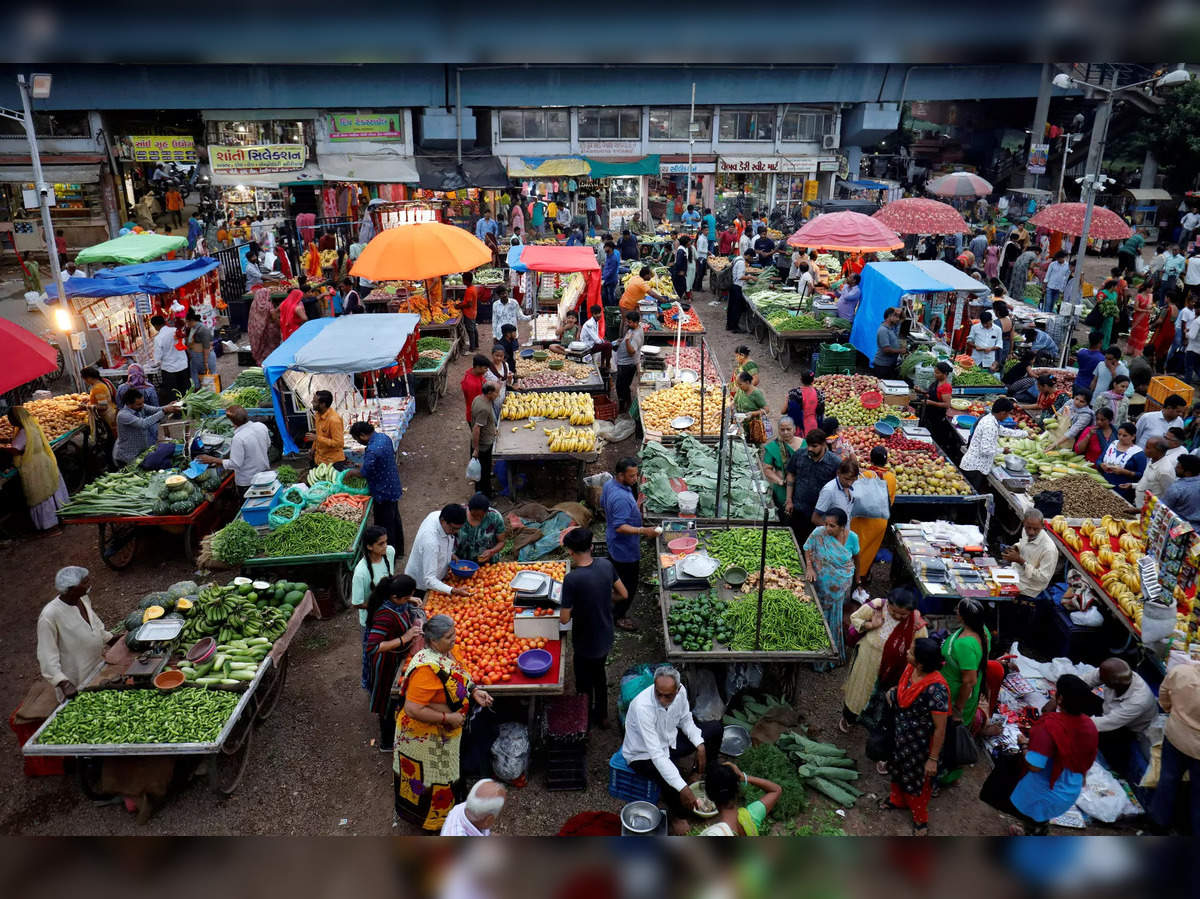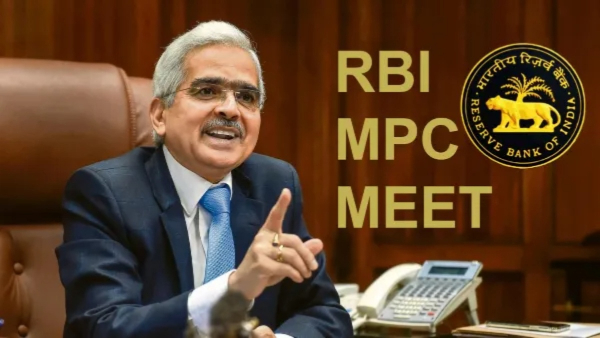In September, India’s inflation data underscored the Reserve Bank of India’s (RBI) decision to delay any interest rate cuts. The Consumer Price Index (CPI) inflation rate cooled to 5.02%, down from 6.83% in August, returning within the RBI’s target range of 2-6%.

Source:- bbc news
This decline was driven by a sharp drop in vegetable prices, which had spiked earlier due to adverse weather conditions, but still masked underlying inflationary pressures. Core inflation, which excludes volatile food and fuel prices, remained sticky, indicating that the broader inflationary environment continues to pose a challenge.
Source:- news 18
Chart 1: Headline Inflation vs. Core Inflatio
A chart tracking CPI inflation alongside core inflation shows the headline figure’s volatility—primarily influenced by fluctuating food prices—contrasted with a more stable core inflation. While headline inflation has seen large swings, core inflation has remained stubbornly close to 5%, reinforcing the RBI’s cautious
Chart 2: Food and Vegetable Inflation
A second chart breaking down food inflation highlights the role of vegetable prices in driving overall inflation lower in September. After surging in July and August, vegetable prices corrected significantly, bringing relief to consumers and easing headline inflation. However, prices for cereals, pulses, and other essentials remained elevated, suggesting persistent inflationary pressures.
Chart 3: RBI Repo Rate vs. Inflation
A third chart mapping the RBI’s repo rate against inflation shows how the central bank has maintained a pause on rate cuts, despite calls to ease monetary policy. Given that inflation remains close to the upper tolerance limit of 6%, the RBI’s cautious approach seems justified. Premature rate cuts could have led to renewed inflationary pressures, particularly with global oil prices remaining high and core inflation proving resistant to downward movement.
In summary, September’s inflation data justified the RBI’s prudent strategy, as underlying inflationary pressures still require close monitoring before any monetary easing.
Share your views in the comments

